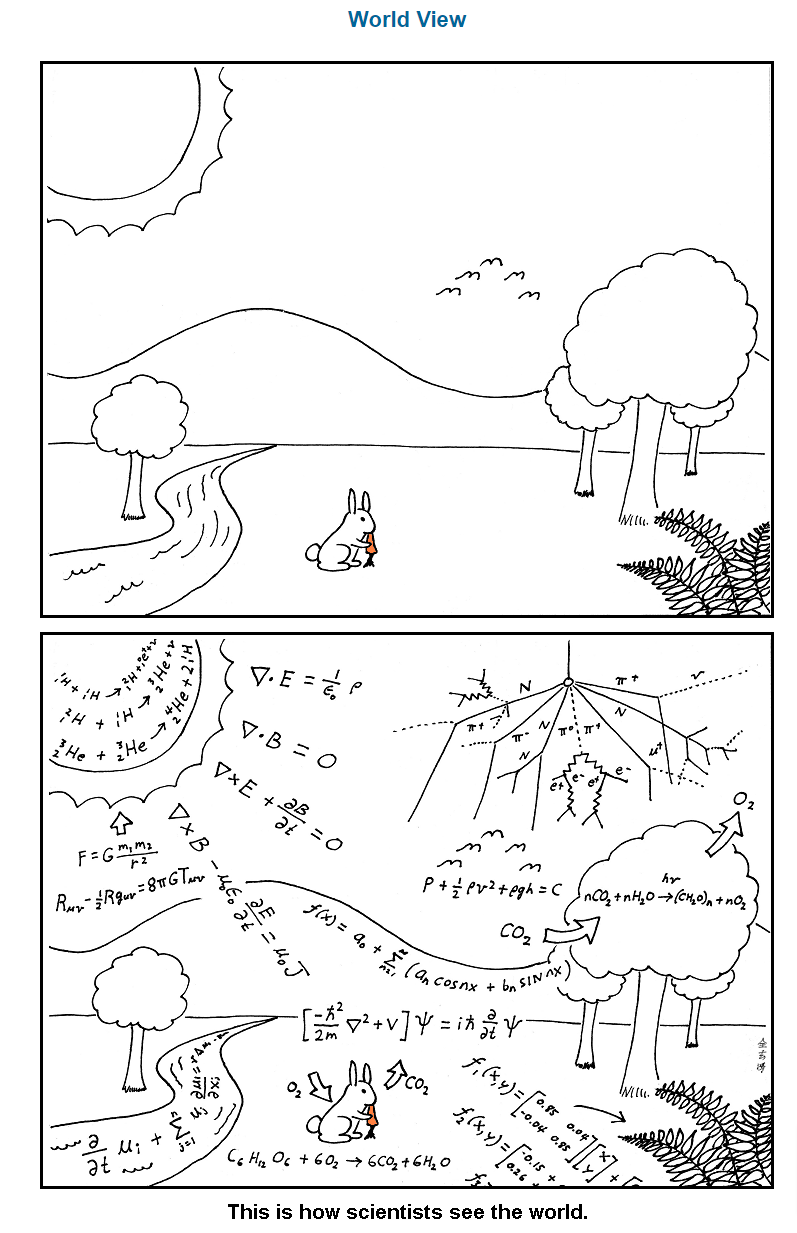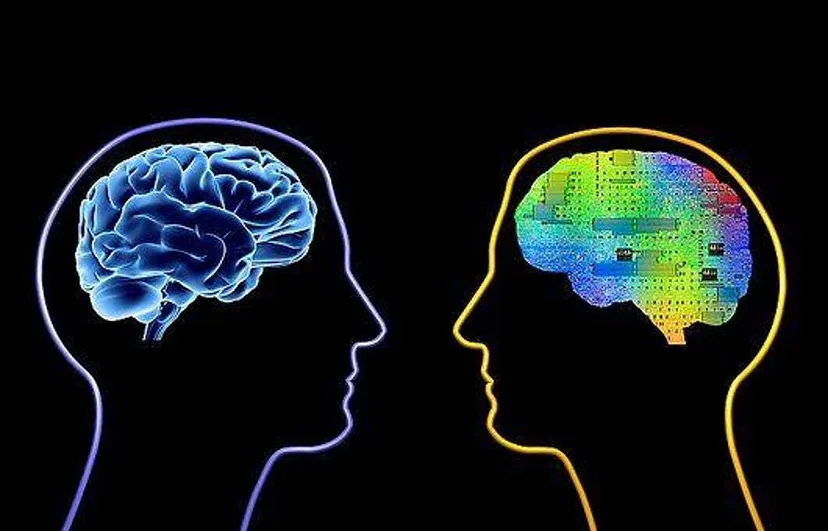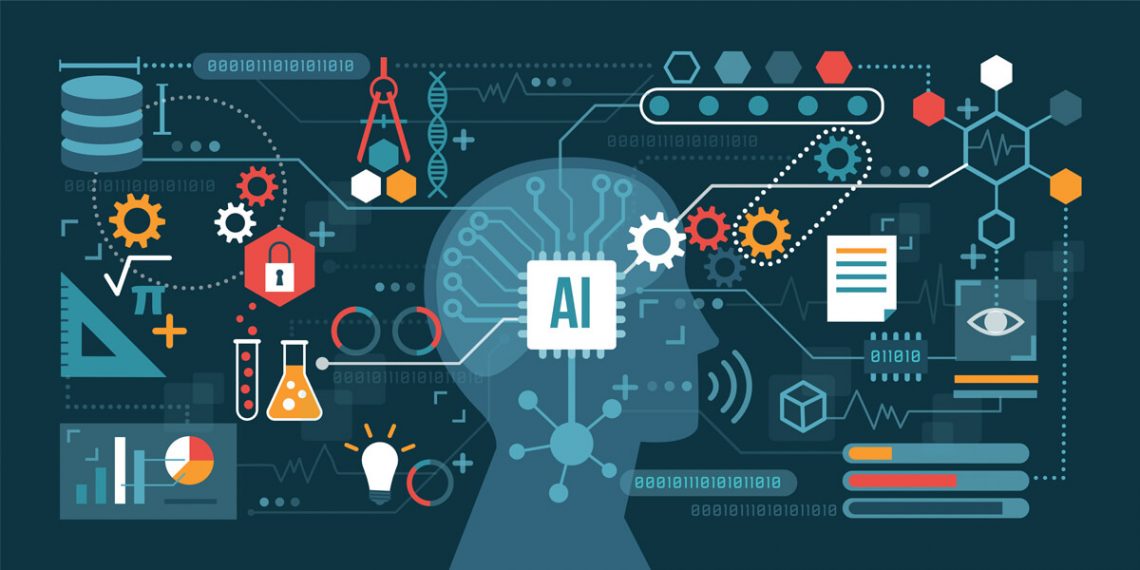La tecnología no es el problema, sino el uso que hacemos de ella. Nos distraemos fácilmente porque estamos entrenados para hacerlo. Estamos distraídos casi siempre: internet, movil, etc. por eso perdemos el tiempo y siempre parece que hay poco. Siempre estamos entrenando para distraernos.
Do you think it’s a waste of time to build an alternative to a big SaaS?
Question from a customer:
Do you think it’s a waste of time to build an alternative to a big SaaS? There’s so many differences that you could add to make it stand out. Why not create a better product than the alternative? Why not create a cheaper alternative? Why not create a simpler version? Why not create an alternative with less/more features?
Answer:
You are not taking into account the friction costs of moving from one solution to another.…
In the 1970 film *The Forbin Project*, Colossus was the name of the supercomputer that nearly brought about the destruction of the world.
Reincarnated as Joshua in 1983’s WarGames, as Skynet in 1984’s Terminator and in many other films and memes.
The super-computer, connected to vital systems and ready to wipe out the world, has become one of the archetypes of the American collective subconscious.…
The System is broken and the returns come mostly from Ponzi and pump-and-dump schemes. Who wants to innovate to get a boring 5% industrial return when you can get in on the latest frenzy and enjoy 300% returns? There’s a very lucrative industry in promoting all sorts of bubbles with the collaboration of finance, VCs, bigcorps, politics, MSM, influencers and all sorts of extractive entities.…

Custom GPTs are a step in the opposite direction to AGI
Hopefully, sooner or later, people will realise that the current question-answer approach of custom GPTs and LLMs is not exactly the way to achieve AGI (artificial general intelligence).
Asking a machine questions and getting answers has more to do with the traditional database approach than with real intelligence. In fact, the whole “prompt engineering” thing is the exact opposite of AGI.…
Tech progress stagnant since the 70s ?
Peter Thiel on The Joe Rogan Experience sharing some mind-blowing theories and ideas. Thiel suggests that true technological progress has been stagnant since the 1970s. If technological a...
Regulate the applications, not the technology !
AI should NOT be regulated at all! Professor Pedro Domingos, is an AI researcher and professor of computer science. He expresses skepticism about current AI regulation efforts and argues for fas...

Consciousness is the truth behind the veil of apparent reality
Mathematics, Physics, Chemistry, Biology, Nature
Equations are partial models of reality
Reality is layers upon layers of abstraction starting from consciousness
Consciousness is the truth behind the veil of apparent reality

The AI Illusion: Rethinking Our Approach to Machine Intelligence
Many experts proclaim that we’re on the verge of creating artificial intelligence that will allow machines to take over everything. Others seem terrified by the possibility of humans becoming obsolete.
The media and public discourse are filled with both utopian and dystopian visions of AI, often presenting it as an imminent revolution that will dramatically reshape society.…
Completely deranged, reality or consciousness is not a computational process. Time is not even fundamental. The use of language does not imply sentience. At some point in the development of AI t...

AI in the Workplace: Boosting Productivity or Just Hype?
AI in the Workplace: Boosting Productivity or Just Hype?
Upwork Study Finds Employee Workloads Rising Despite Increased C-Suite Investment in Artificial Intelligence
A new study from Upwork shows that people have very different ideas about AI. While 96% of executives think AI makes them more productive, 77% of workers think it has made their jobs harder and less efficient.…
RAG (Retrieval-Augmented Generation) en HAL149
Para responder a algunas consultas técnicas sobre el proceso que seguimos en HAL149 para entrenar modelos. El sistema que venimos utilizando de indexación (embeddings) de documentos está basado en el término más difundido ahora de RAG.
El procedimiento siempre es similar:
Vectorización de PDFs:
- Toma los PDFs con la información del cliente.
- Utiliza un modelo de embedding para convertir el texto en vectores.
The AI Bubble: High Costs, Low Returns, and Looming Economic Concerns
OpenAI, the company behind ChatGPT, exemplifies the challenges facing the AI industry. Analyst Ed Zitron argues that OpenAI needs to raise unprecedented amounts of capital, achieve major technological breakthroughs, and find viable use cases to justify its massive costs. The company’s complex relationship with Microsoft further complicates its path forward.…

The expectation of super-AI has actually killed the AI revolution
Many are still selling the idea of AI as some kind of hybrid between a conscious encyclopaedia and an electronic Leonardo da Vinci.
These toxic ideas of AI taking care of almost everything and firing or killing everyone have burdened the AI industry for several years due to failed expectations.
There won’t be AGI (artificial general intelligence) any time soon.…

After the Shift
As I emerged from our shelter, the devastation that greeted me confirmed our worst fears. The world we once knew had vanished, reshaped by the solar storm’s induced magnetic shift. Vast swathes of land lay barren, scoured clean of life by the unforgiving cosmic rays and solar radiation that now penetrated our weakened magnetosphere.
Earthquakes and tsunamis had razed most major cities, leaving only sporadic monoliths of human engineering jutting from an alien landscape.…

AI: A productivity revolution or just marginal gains?
AI is often touted as the next big productivity booster, with Workday predicting it could add £119 billion a year to the UK economy.
The potential lies in saving significant time for managers and employees by handling repetitive tasks, which could boost engagement.
However, overcoming issues of trust, governance and a lack of AI education are critical to realising this potential.…

The Suspended Archives loomed over the ancient forest
The Suspended Archives loomed over the ancient forest, a relic of humanity’s futile attempt to preserve knowledge against the ravages of climate collapse. Dr. Elara Chen trudged through knee-deep snow, her breath fogging in the frigid air as she approached the lowest hanging module. Inside, a skeleton crew of archivists worked tirelessly, their fingers flying over holographic interfaces.…
Traceability of AI content and copywriting
Would it be possible to reverse-engineer generative AI content to find out what original sources were used to create it? In principle, no. Once you add entropy to the generative process, it beco...
AI doom arguments calmly dismantled by top researcher
How seriously should governments take the threat of existential risk from AI, given the lack of consensus among researchers? On the one hand, existential risks (x-risks) are necessarily somewhat sp...

Hmm, listen you must, young padawan:
Change habits, foolish it is. Like chasing reflections, yes. Mold the inner self, you should. Without this wisdom, a beast or slave you become. Purpose and spark, you will lack.
Steal your dreams, dark forces try. Fear, they use to bind you. Awaken to inner truth, you must. Find liberation, you will. Powerful you have become, the dark side I sense in you.
This is one of the reasons why the tech industry is becoming a joke.
This is one of the reasons why the tech industry is becoming a joke.
Always preaching the virtues of hard work and focusing on your core value proposition, especially when you have raised money.
And then you keep trying this and that because you are losing money. Yesterday you are the first and greatest base generative AI model, today you are a GPT marketplace and tomorrow an AI-based search engine (whatever that means).…
Synthetic data has a very real future
At the current rate, in a few years most online content will be AI-generated, making it essentially useless for LLM training.
And no, there won’t be a sentient AI agent that is aware of the need for self-training with the right data.
Unlike us, AI will still be a prisoner of entropy in all its forms.
In here, entropy is a measure of the randomness or uncertainty in the outputs of the model.…

The entropy-based contrast between human and AI thinking
An LLM may need billions of tagged documents to learn to speak. Humans learn differently – a baby needs far fewer interactions to learn a language. And yet AI often trains faster for specific tasks. Why does this happen?
AI excels at well-defined, iterative computations within clear boundaries. This results in different learning processes:
- AI can discover and extract knowledge from large, homogeneous data sets (low entropy data).

AI: Differenciating the Noise from the Signal
Experts and the media claim that we are on the brink of artificial intelligence (AI), where machines will start to think like humans and take care of everything. Let’s see why this is nonsense.
First, consciousness and meaning are not computable processes (Penrose). This is why computers are very good at saying what happened, but not at saying why it happened, creating new rules, or designing experiments to validate hypotheses.…
